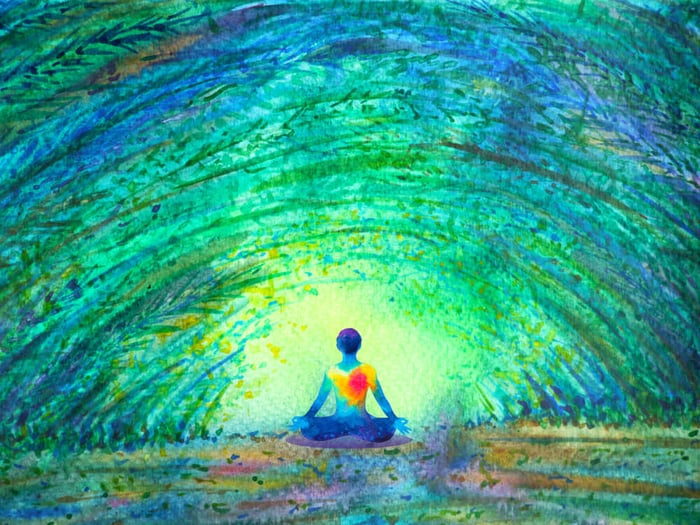
If the last year has taught us anything, it would be how important our mental health is in times of crisis.
The Pandemic forced many of us to spend much more time alone than we are used to and although we may have not viewed this as a positive at the time - utilizing the right techniques during a crisis can benefit us tenfold.
Practicing mindfulness for beginners and starting meditation as part of your daily routine can ease every-day stresses and even change neurological brain function.
Breath Work and Mindfulness for Beginners
Mindfulness is taking a moment to slow down your breath and be present in the now.
As you begin to focus on your breath, the best practice is to take a deep inhale through the nose, allowing the oxygen to fill up all the way down to your belly; feeling the stomach completely expand out.
As you exhale, release the breath out through your mouth, creating a sigh-like noise. You will feel a nice contraction in the belly space.
Continuing with this breath work, you can begin to count so that your inhales and exhales are of the same length; counting slowly to six on each inhale, holding at the top for a count of four to five, and then counting slowly to six on each exhale.
Bringing your focus solely on the breath will allow you to be present in your now moment; letting go of any thoughts, worries, or concerns.
Practicing breath-work is necessary to remain mindful of your present; which brings us out of our head space and into our bodies.
This also allows you to notice what your body is really needing. When we are living solely in the head space, we tend to miss the signs of what our body is communicating to us.
Your body is a vessel and has a human intelligence that is constantly communicating to you. This also can be observed as a body scan through meditation.
Breath work is the main ingredient to practicing meditation. As a beginner, it’s important to remember that it all starts with baby steps. Never force upon yourself more than you can handle so that you can create a realistic mindful lifestyle.
Meditation Practices for Beginners
As I began my own meditation practice, I only started with 5 minute sessions a day. You can meditate in whatever positions you find most comfortable.
I found that I enjoy laying down flat on my back with my legs out wide. Bring your arms alongside you with the palms facing up towards the sky and do your best to keep your heart space wide-open. You can also come to a seated position, indian style, with your palms light on your knees.
If you are coming to a seat, please ensure that your spine is long and tall, with your shoulders relaxed down your back, away from your ears.
Once you find a position that is best for you, gently close your eyes and allow your focus to come back to your breath. Really feel your breath moving through your entire body.
When you're in this space, you can begin your body scan. Notice where in your body that you are holding tension.
As soon as you become aware of this tension - envision in your mind's eye sending each breath of energy into to that space. You will observe that your body instantly becomes more relaxed.
Introduction to Mindfulness and Meditation as a Daily Practice
You will notice a significant change in your mood and well-being by creating this as a practice for your every-day life.
As you continue on your journey and begin a mindfulness for beginners meditation routine, it will also become easier to do this for longer periods of time.
Eventually, you will find that you can meditate with your eyes open and it will shift into a more natural state of being. Being consciously aware of your breath and remaining mindful of your now moment will do wonders for your health and healing.
The most important thing is to remember to be gentle and take it slow. As with every practice in life, patience is key.
Want to upgrade your meditation experience? Pick up some essential oils to aid your practice!



